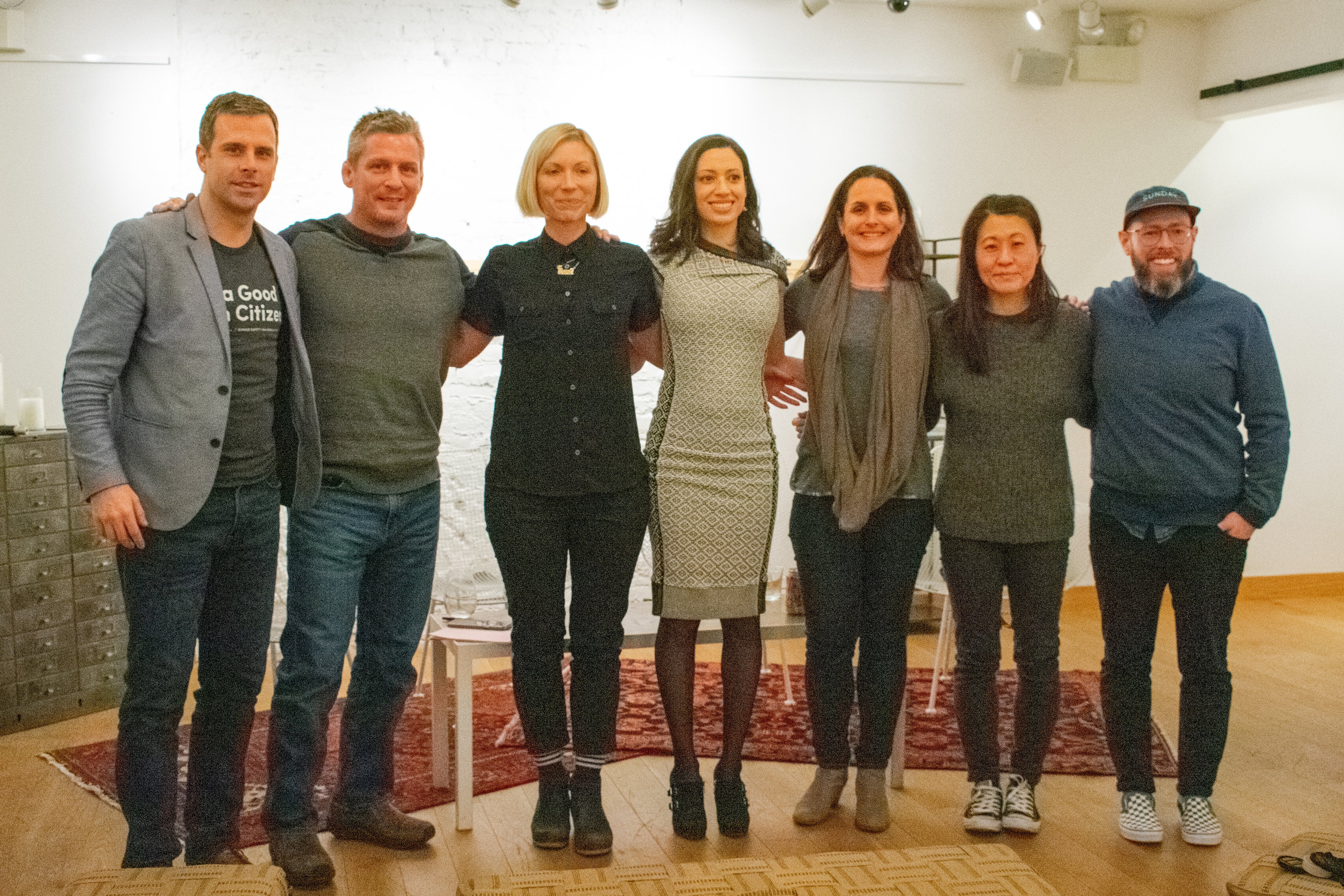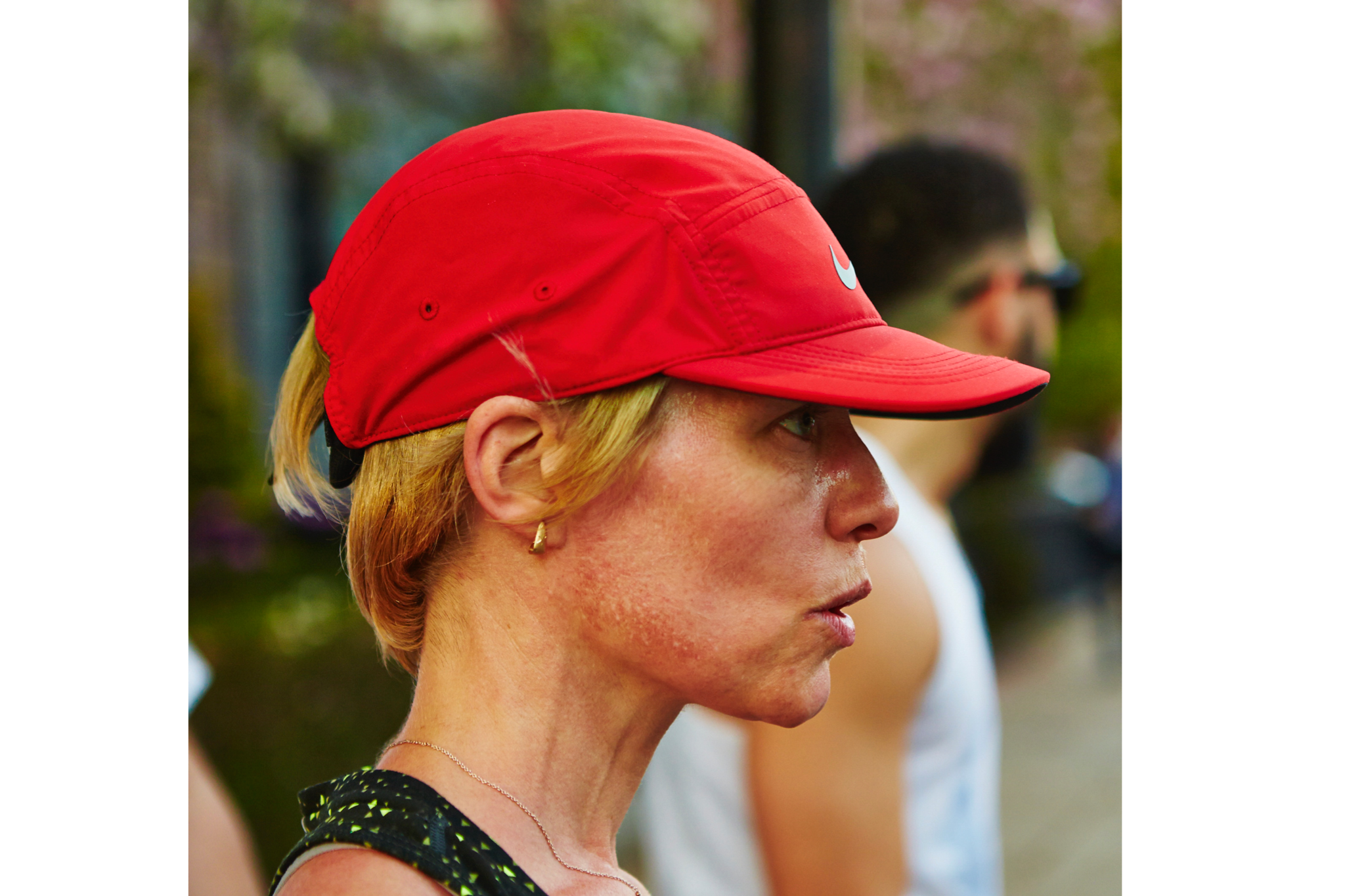It's Just Another Manic Monday: Boston Marathon Course Preview
https://www.strava.com/activities/1512760655
Congratulations—you’ve made it! Just qualifying for the Boston Marathon is worth celebrating. Oftentimes, as marathoners who enjoy type-A fun activities (like marathons), we lose sight of how epic it is to even be at the start line, stand on two functional legs, and have the privilege to compete amongst the world’s best. Throw in the most unpredictable weather each year, and you’ve got yourself one of the most celebrated days in the running universe.
Bib Pickup, Meals, and the Weekend at Large
One of the coolest parts of the Boston Marathon is its timing—a Monday. You have the full weekend to come in and soak up the pre-race energy. All of Boylston Street and Newbury Street essentially shut down on Saturday and Sunday, and runners swarm the street in colorful jackets from Boston marathons past. Make sure to stop in the pop-up shops and check out different retailers that have treats for those with bibs. And just bring your bib everywhere the day you pick it up. This weekend, you are royalty in Boston.
For food and more specifically pre-race carbs, you can find a full write-up here. The North End has endless options to get a nice bowl of pasta or massive pizza, so fear not.
Getting to the Start
Buses buses buses! Pay attention to the transportation organization, and make sure you know when your bus departs—this depends on your wave and corral assignment. And depending on the weather, you may want to minimize the time you spend outside wither waiting for your bus or hanging out at Athletes’ Village in Hopkinton. After running Boston in 2018, I now think of Athletes’ Village as the site of the great Spartan Race of 2018—the mud pits were unreal. I put trash bags over my shoes to keep them from complete ruin, but the bags were promptly sucked off by the mud...and then I fell into the mud, even before getting to the starting line. Boston is nothing if not unpredictable!
Buckle up. The first year I ran Boston, everyone warned me that while the downhills at the beginning are fun, you cannot go out like a bat out of hell. Unless, of course, you’d like to be crawling up Boylston a few hours later. And I ignored their advice.
While it’s tempting to attack the early downhills and sink into how easy they feel, you will pay for that choice, with interest, by the end of the race! Most race plans out there will tell you to not go faster than your marathon goal pace during the first 16 miles. Because what goes down must go back UP! And in the case of Boston, it goes back down again. And when it does, you’ll want your quads to be alive to handle it.
Start to 10K
Having a strategy and pace for the first 10K is a great idea. Most people check their watches during races to make sure they are fast enough, but I encourage you to make sure you aren’t going too fast in this section. Newbies to the race often think banking time before you get to Heartbreak Hill is the way to go, but listen to me and repeat this to yourself: “Boston is a net downhill course.”
The downfall of many a Boston runner is a pair of destroyed quads. Am I repeating myself yet? Good, you should too. Boston is a net downhill course. So enjoy the descent of the first 10K, but don’t think of it as banking time. Set a pace goal and stay there.
I’d also encourage you to stay roughly in the middle of the road. A lot of people will be flying by on the edges and sidewalk trying to get around people. Let them—you’ll see them later when their quads give out. With so few turns on the course, you don’t need to worry about tangents, and you will have started with others running a similar speed. If anything, you’ll be thankful that the crowd will help slow you down. Certainly, if your start time is not representative of your current fitness and you have big goals for Boston, then hug the outside to go your pace. Just don’t get caught up in the competition and go too fast. This is critical.
10K to Mile 16
After the first 5 miles of downhill running, you’ll have about 10 miles of mostly flat road (though still with some aggressive downhill and undulating areas) to power you through the scream tunnel by Wellesley College. This is when you can run steady and enjoy what the suburbs of Boston add to the race experience. Most of us don’t have friends driving around the course to see us multiple times, because the race is point-to-point. Most people pick a spot to cheer, and if I were supporting a friend, I would aim to be in the last few miles of the race.
The lucky runners who hail from the Boston area may enjoy the sight of family and friends at various points in the course. But the beauty of these middle miles are the locals who come out and make their own water and sponge stations, hand out popsicles, and wave posters galore. This is their holiday, and they chose to spend it watching you run past their house for hours on end. Take it in. It’s pretty cool. You will know you’re getting closer to the city as you wind downhill and progress to your first uphill.
Mile 16-21
This, my friends, is where the fun starts. The energy of the city begins here, and the real race is about to start, and oh, the hills! Do not be mistaken when you first feel the elevation begin to rise over the highway. These are just overpasses and not the actual hills. Those are coming—three of them to be exact. Start visualizing these hills before you get to them because knowing the course will give you a major advantage, both physically and mentally. And know that the fans will be there to carry you up and over every height. Even in the Great Boston Marathon Monsoon of 2018, there were huge and loud crowds in this area.
Paces often take a small hit on miles 17–18 and 21 from the rise in elevation. It may be advantageous to let the hills win. These are not huge heights, despite all the build-up and talk you’ve heard. Rather, the worst thing about these hills is their location. Who wants to run a hill at mile 21 when you’re almost smelling the finish? Not my IT bands, I’ll tell you that much!
Bear through them, and after mile 21, the course will treat you to an immediate downhill as you start your descent to the finish. If you went too hard in the first half of the race, this is where you’ll realize it. If not, you will feel on top of the world.
Mile 22 to the FINISH
The real race on this course starts with 10K left to go. You’ve peaked Heartbreak Hill, hopefully with your heart and body unbroken, and you are gliding into a downhill. If you have been conservative enough until this point, you should be in a good position to power through the end.
You will also realize that you are getting into Boston proper, and the city will hit you with unbelievable energy. People have the day off, and they have been waiting for you while pounding beers all day. The crowds are wild. Soak in the energy, and use it to replace any enthusiasm you left on the course behind you. But it is not the time to give up. You’ll see the famous Citgo sign in the distance, and you still have work to do.
This is not a sentiment shared by many, but my least favorite part of the course is this little overpass by Fenway Park when you are directly facing the Citgo sign. I call it Mount Kenmore, and it is often overlooked. It’s basically a speed bump in real life, but it feels like a hill when you are so close to the finish. When you see the “1 Mile to Go” sign, just past the Citgo sign, the race to the finish is ON. Soak in the energy and cruise. Ignore your legs, because you’ve done this before and you know that your legs can carry you a mile even when you’re ready to be done. Focus on getting to the turns.
Right on Hereford, left on Boylston.
Right on Hereford. Left on Boylston.
When you take that left turn, all you have left is making it down Boylston Street. My first year running Boston, I gave in to how long this stretch appeared and almost slowed down. But in 2018, with the advantage of experience on my side, I tucked my head down slightly and went for it. That is my advice to you as well—give this stretch of road everything you’ve got, throw your hands in the air, smile, and maybe even cry. Because you are now a Boston Marathoner.
P.S. Take a look at our new Boston Running windbreaker!



